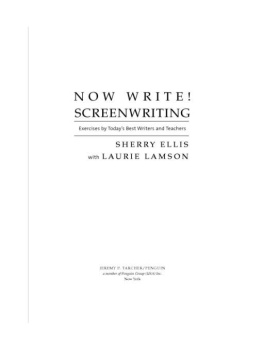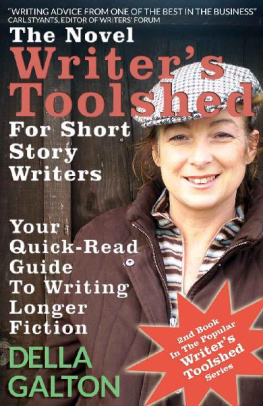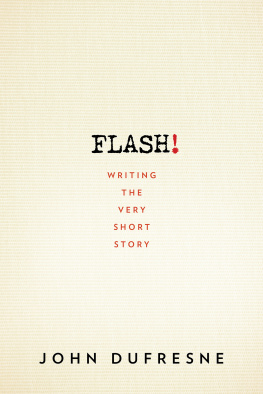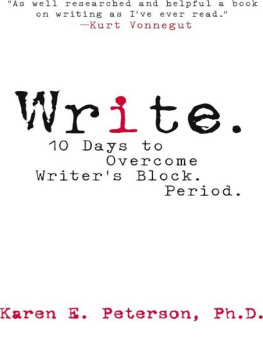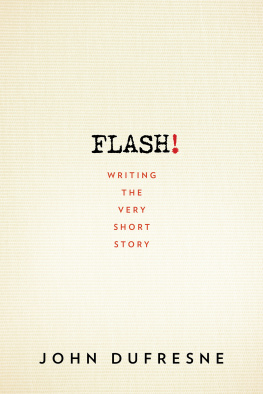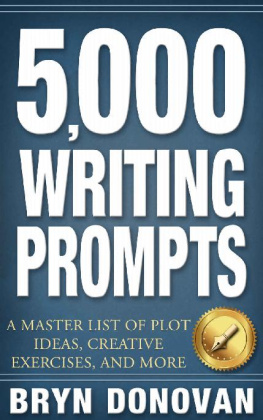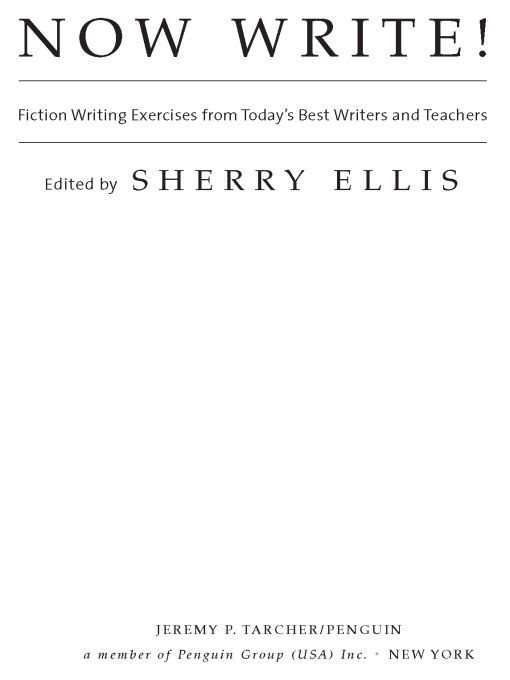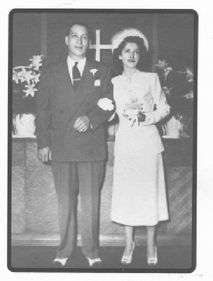Table of Contents
EDITORS NOTE
When I decided to write a novel eight years ago, I didnt know how to learn the techniques and craft of writing fiction. Without the financial means or time to obtain an MFA, and without any prior writing courses under my belt, I decided to take a class at a community education program. I followed this up with private study with two writing coaches. To broaden my horizon, I attended mini-workshops and summer writing programs across the United States. Many of the teachers with whom I studied offered writing exercises as a means of advancing the study of craft and story. They often shared that they had used these exercises to help develop their own short stories and novels. I loved these exercises!
Inspired by my experience learning the craft of fiction writing, and having benefitted from writing exercises, Ive collected the personal writing exercises of eighty-six novelists and short story writers. A veritable treasure trove of techniques, these exercises can jump-start the actual writing process, help you develop and deepen characters, get a handle on your plot and pacing, and even guide you in revision. Each exercise includes a brief commentary from the author, outlining the element of fiction writing their exercise addresses, and how the exercise helps them improve their own writing.
Now Write! is divided into eight sections that focus on: getting started, point of view, character development, dialogue, plot and pacing, setting and description, craft, and revision. These sections are organized in the order in which an aspiring writer might approach her workgetting the words out first, then honing the various elements of a work of fiction, including the all-important revisions. Go ahead: Now write!
GET WRITING!
JAYNE ANNE PHILLIPS
WEDDING PICTURES
Jayne Anne Phillips is the author of three novels, Machine Dreams, Shelter, and MotherKind, and two widely anthologized story collections, Black Tickets and Fast Lanes. She is the recipient of the Sue Kaufman Prize for First Fiction, an Academy Award in Literature from the American Academy and Institute of Arts and Letters, a Guggenheim Fellowship, two National Endowment for the Arts Fellowships, a Bunting Fellowship from the Bunting Institute of Radcliffe College, and a Howard Foundation Fellowship. Her work has appeared in Harpers, Granta, Doubletake, The Southern Review, and The Norton Anthology of Contemporary Fiction. She has taught at Harvard University, Williams College, Brandeis University, and Boston University. She is currently a professor of English at Rutgers-Newark University, where she will design and direct a new MFA Program. She lives in Boston and New York.
My first publication was Sweethearts, a fine arts limited edition of 500 copies published by Truck Press under the editorship of David Wilk in Carrboro, North Carolina. (My thanks to David Southern for the beautiful design evident on the cover and throughout Sweethearts.) The cover of the book featured my parents wedding pictureone reason my (divorced) mother kept her copy of Sweethearts in the piano bench. But its a beautiful photograph, with the same dark layerings all wedding pictures possess.
EXERCISE
The Wedding Picture exercise can be an evocative one-page fiction assignment. The exercise is to ask students to color copy their own wedding photograph, that of their parents, or an anonymous wedding picture, and to write a one-page fiction inspired by the image, with Wedding Picture as an example. My classes have sometimes made their Wedding Picture exercises into chapbooks entitled Class Pictures.
SWEETHEARTS
JAYNE ANNE PHILLIPS
WEDDING PICTURE
My mothers ankles curve from the hem of a white suit as if the bones were water. Under the cloth her body in its olive skin unfolds. The black hair, the porcelain neck, the red mouth that barely shows its teeth. My mothers eyes are round and wide as a light behind her skin burns them to toals. Her heart makes a sound that no one hears. The sound says each fetus floats, an island in the womb.
My father stands beside her in his brown suit and two-tone shoes. He stands also by the plane in New Guinea in 1944. On its side there is a girl on a swing wearing spike heels and short shorts. Her breasts balloon; the sky opens inside them, Yellow hair smooth as a cats, she is swinging out to him. He glimmers, blinded by the light. Now his big fingers curl inward. He is trying to hold something.
In her hands the snowy Bible hums, nuns swarming a honeyed cell. The husband is an afterthought. Five years since the highschool lover crumpled on the bathroom floor, his sweet heart raw. Shes twenty-three, her mothers sick, its time. My fathers heart pounds, a bell in a wrestlers chest. He is almost forty and the lilies are trumpeting. Rising from his shoulders, the cross grows pale and loses its arms in their heads.
ROBERT OLEN BUTLER
THROUGH THE SENSES
Robert Olen Butler specializes in fiction and screenwriting. He is the author of ten novels and three collections of stories. In addition to winning a Pulitzer Prize in 1993 for his story collection, A Good Scent from a Strange Mountain, he won a National Magazine Award in 2001. He has received a Guggenheim Fellowship in fiction, a National Endowment for the Arts grant, as well as the Richard and Hinda Rosenthal Award from the American Academy of Arts and Letters. His other most famous books include: The Alleys of Eden, Tabloid Dreams, The Deep Green Sea, and Had a Good Time. His stories have appeared in The New Yorker, Esquire, The Paris Review, The Sewanee Review, The Best American Short Stories, New Stories from the South, and many other journals. He holds a distinguished Frances Eppes Professorship at Florida State University.
This is a coached writing exercise in seven stages from my book of lectures From Where You Dream.Do each stage separately . Make certain youve finished a stage before you move on to the next one.
Use no abstraction, no generalization, no summary, no analysis, no interpretation. Force yourself to write moment to moment through the senses only. Dont hassle your style at this point, dont agonize over just the right word; just keep the flow of it through the sensesflowing, flowing, flowing. Dont think, dont think. Senses, senses, senses. If you really do that rigorously youll find yourself flowing right downat least into the foyer ofthis great house that is your unconscious.
I want you to write in the first person. When I say you I am referring to your character.
Now, about the character. If you have a character youve been working with closely, you may write from the viewpoint of that character, but Im reluctant to encourage this, because then the exercise will not be very useful to you. In the absence of any character you have a desperate need to get back in touch with, I urge you to write through a character with demographics very similar to your own. This is not you, it is not autobiography, but unless youve got a really burning character that you need to explore, then the character you choose needs to be very close to you in age, gender, ethnicity and so forth.


